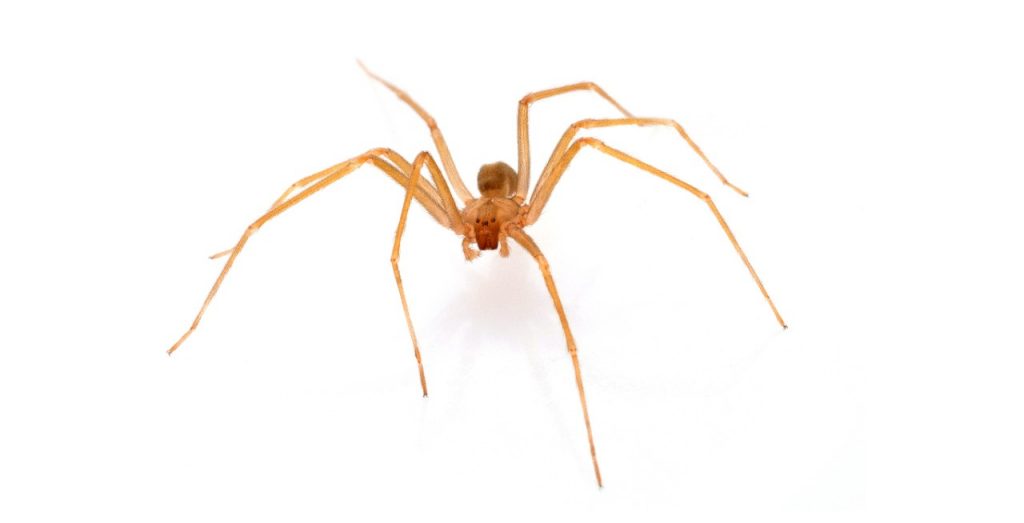
We're in the midst of brown recluse spider season (March to October). In recent years, the number of bites by the infamous arachnid a "fiddle" on its back has been growing.
Brown recluse, violin, or fiddleback ( Loxosceles) spiders are about 0.5 in. (1.3 cm) long with a dark violin-shaped mark on the combined head and midsection (cephalothorax). They are found most often in the south-central part of the United States and live in hot, dry, abandoned areas, such as wood or rock piles.
Brown recluse spider bites don't always hurt right away. In fact, you may not know that you have been bitten until other symptoms appear. Symptoms of a brown recluse spider bite include:
- Reddened skin that may be followed by a blister that forms at the bite site.
- Mild to intense pain and itching for 2 to 8 hours following the bite.
- An open sore (ulcer) with a breakdown of tissue (necrosis) that develops a week or more following the bite. This may take months to heal.
Some people have a severe, systemic (whole-body) reaction to brown recluse spider bites, including the rapid destruction of red blood cells and anemia (hemolytic anemia). Signs and symptoms include:
- Fever and chills.
- Skin rash all over the body with many tiny, flat purple and red spots.
- Nausea or vomiting. Joint pain.

What should I do if a brown recluse spider bites me?
If you think you have been bitten by a brown recluse spider:
- Remain calm. Too much excitement or movement will increase the flow of venom into the blood.
- Apply a cool, wet cloth to the bite, or cover the bite with a cloth and apply an ice bag.
- Do not apply a tourniquet. It may cause more harm than benefit.
- Try to positively identify the spider or catch it to confirm its type.
A brown recluse bite can be serious and may require immediate medical care. Call a doctor if:
- You have severe symptoms throughout your body.
- An open sore and necrosis develop. Necrosis is black, dead tissue.
How is a brown recluse spider bite diagnosed?
A brown recluse spider bite is diagnosed through a physical examination and questions about the bite. You should be prepared to describe the spider, where and when the bite took place, and what you were doing at the time. (If you are able to safely capture and transport the spider, bring it with you to show your doctor.) Your doctor will ask what your main symptoms are, when they began, and how they have developed, progressed, or changed since the bite.
How is it treated?
Medicine to counteract brown recluse spider venom is not available in the United States or Canada. Treatment depends on how severe the bite is. For bites that:
- Do not develop open sores, treatment includes applying a cold compress, elevating the bite area, and avoiding moving the bite area.
- Cause an open sore (ulcer) and dead skin (necrosis), treatment includes removing the dead skin from the sore. This may involve follow-up and replacing the dead skin with new skin (skin grafts).
Hyperbaric oxygen therapy may also be used for tissue damage from a spider bite.
Medicines that may be used include:
- Pain medicine, such as acetaminophen (Tylenol) or nonsteroidal anti-inflammatory drugs (NSAIDs). NSAIDs include naproxen (Aleve) and ibuprofen (Advil, Motrin). Be safe with medicines. Read and follow all instructions on the label. Do not give aspirin to anyone younger than 20 because of the risk of Reye syndrome.
- Antihistamines, such as a nondrowsy one like loratadine (Claritin) or one that might make you sleepy like diphenhydramine (Benadryl), to relieve itching.
- Antibiotics, if an infection is present.

